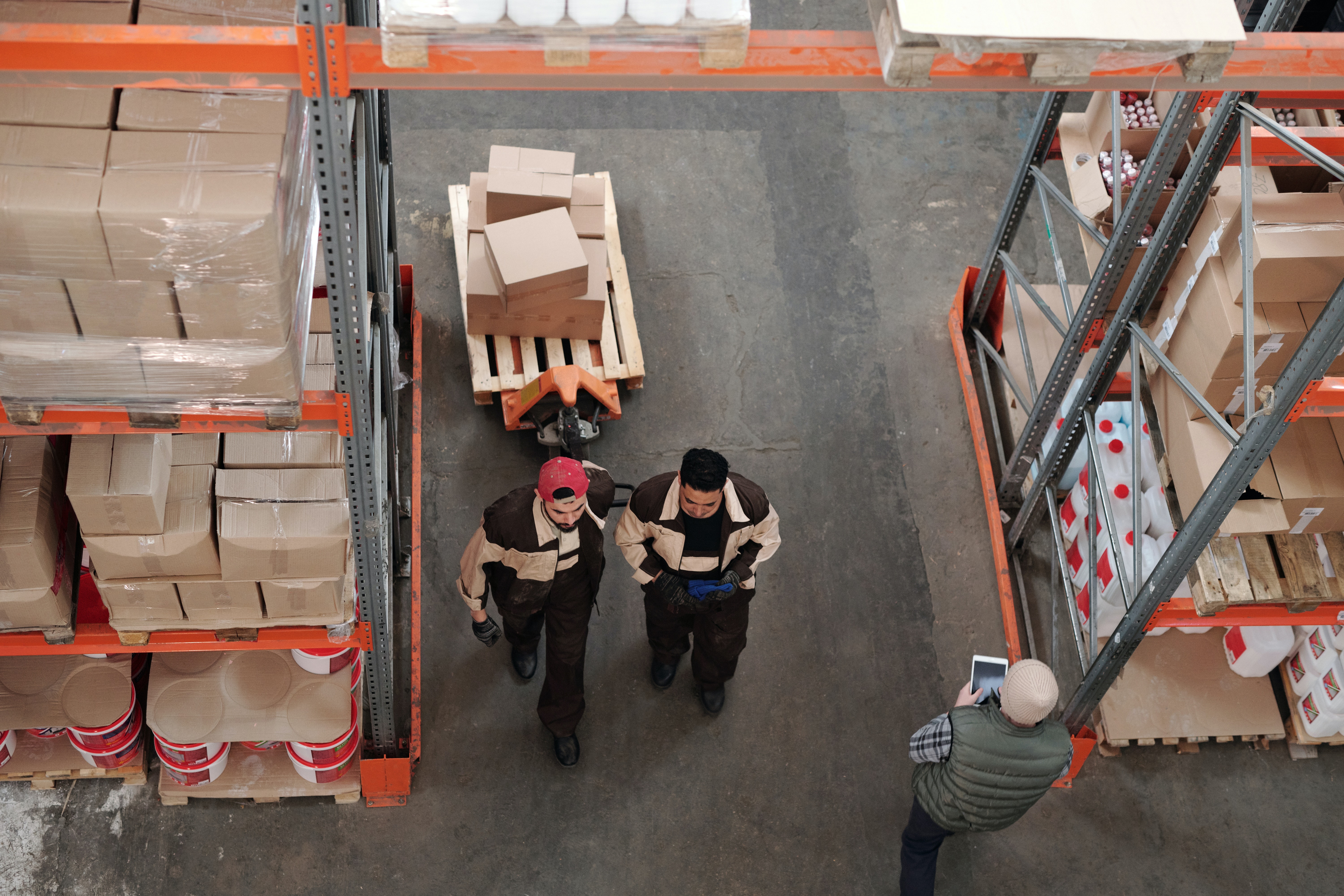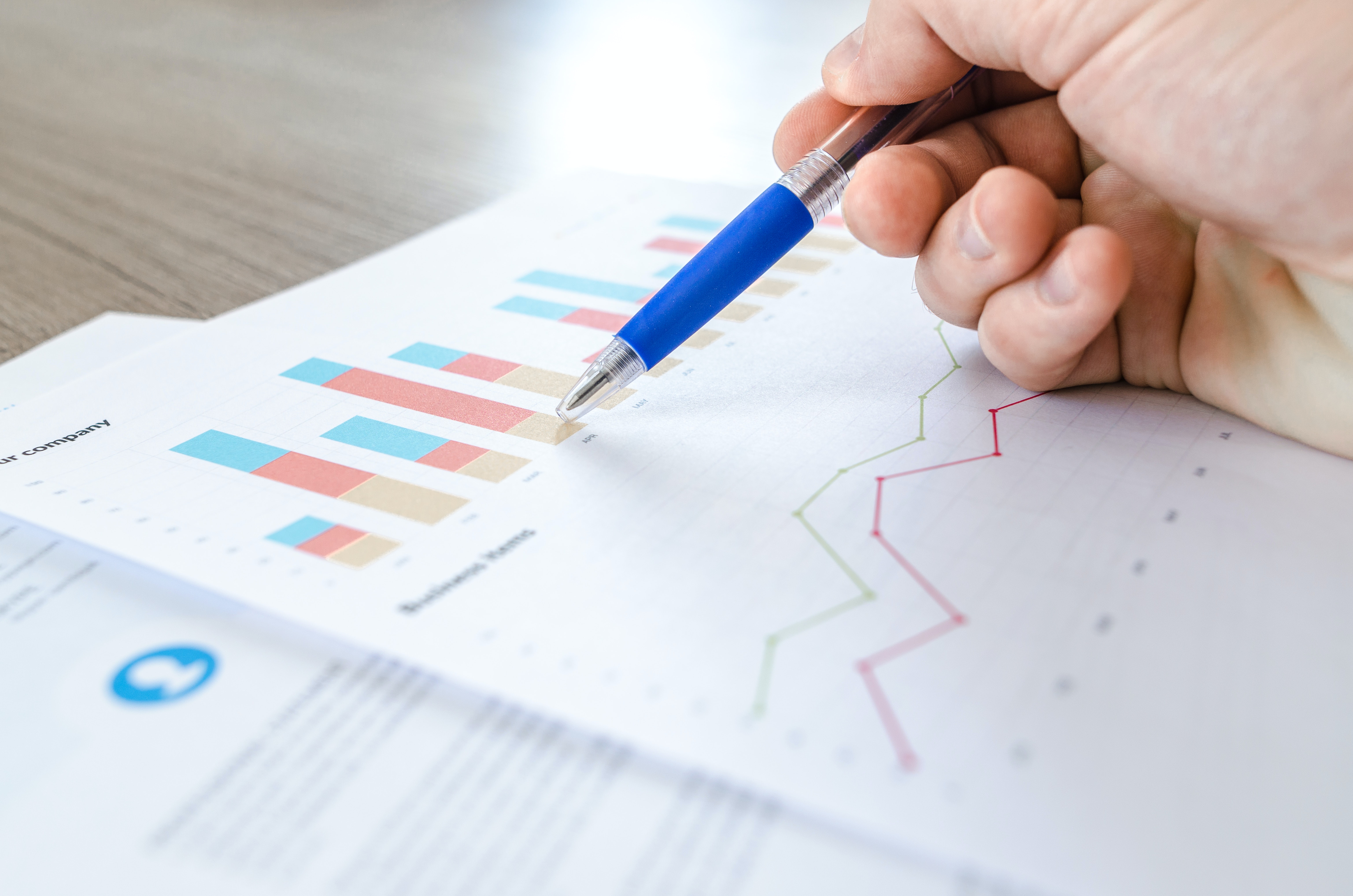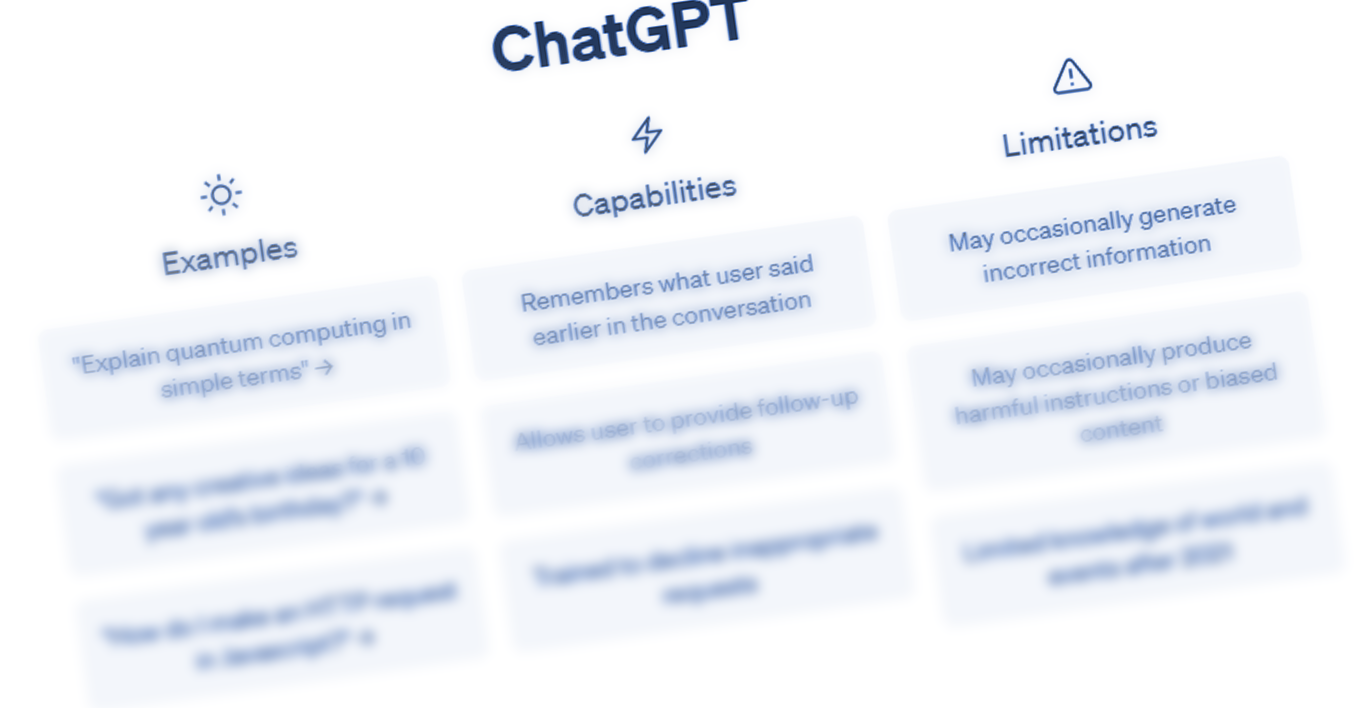Move from demand forecasting to demand sensing
Demand forecasting is always wrong.
Thankfully.
If demand forecasting was a precise science, we would be out of business. Organisations would apply their tried and tested formulas, and would emerge from their endeavours armed with 100% accurate predictions to take into their next phase of demand planning. Their wash-ups would show an exact correlation between their assumptions and commercial reality. Nothing would ever run out of stock and the world would have a far less alarming waste problem.
Sound familiar? Anyone…?
We know that contemporary markets are more volatile than ever before. Predicting demand according to what has gone before gives us some idea of what we might expect, with actual sales then providing metrics to test those assumptions against. But by that point, it’s too late. When businesses over or under order according to inaccurate forecasts, the results can be catastrophic for their bottom line.
Many wrongs often make a right
High error demand forecasts are actually very useful, it’s just a question of being able to learn from them on the fly. Historical business data and seasonal marketing activity can help businesses set some assumptions, but changes in the market along with macro and local events and supply chain disruptions can all impact consumer purchasing behaviour. With the right technology in place, businesses can see how these volatilities affect their assumptions in real time, identifying exceptions before they make firm decisions and place orders.
With the right technology in place, businesses can see how these volatilities affect their assumptions in real time
Demand sensing - good enough for Ikea
With recent developments in Machine Learning, businesses can make timely, accurate predictions about changes in consumer demand. Clever algorithms can automatically recognise patterns, navigate complex relationships in enormous data sets and flag the possibility of deviation from forecasts.
Retail giants like Ikea are realising the benefits of enhancing their demand planning with AI-driven forecasting, developing a proprietary system to give themselves a competitive edge. With 450 Ikea stores and e-commerce across 54 markets, even the slightest error margin can create significant commercial disruption. This is why the company has invested heavily in more intelligent “demand sensing” systems that can react and respond to anomalies in real time, rather than having to solve issues after they have occurred. The company’s lower error margins have reduced its carbon emissions (due to decreased movement of excess stock), lowered waste levels associated with obsolescence, raised profits and increased customer satisfaction.
QU - a tool for the times
QU is an AI powered SaaS demand forecasting tool that has been developed to measure, analyse and predict product performance in real time. Using the latest AI technology along with proprietary ML algorithms and innovative design, QU draws on millions of data points from hundreds of sources. It presents powerful insights in an easily-digestible and customisable dashboard that not only predicts buying behaviour, but adjusts forecasts of future sales right down to individual product level (SKU).
QU is a tool that is designed to empower people, giving them the insight and control they need to do better business.
So if your business is ready to start freeing up resource and firing up profitability…
Share this
You May Also Like
These Related Stories

Integrate demand and supply planning

Shift from sales forecasting to demand planning
